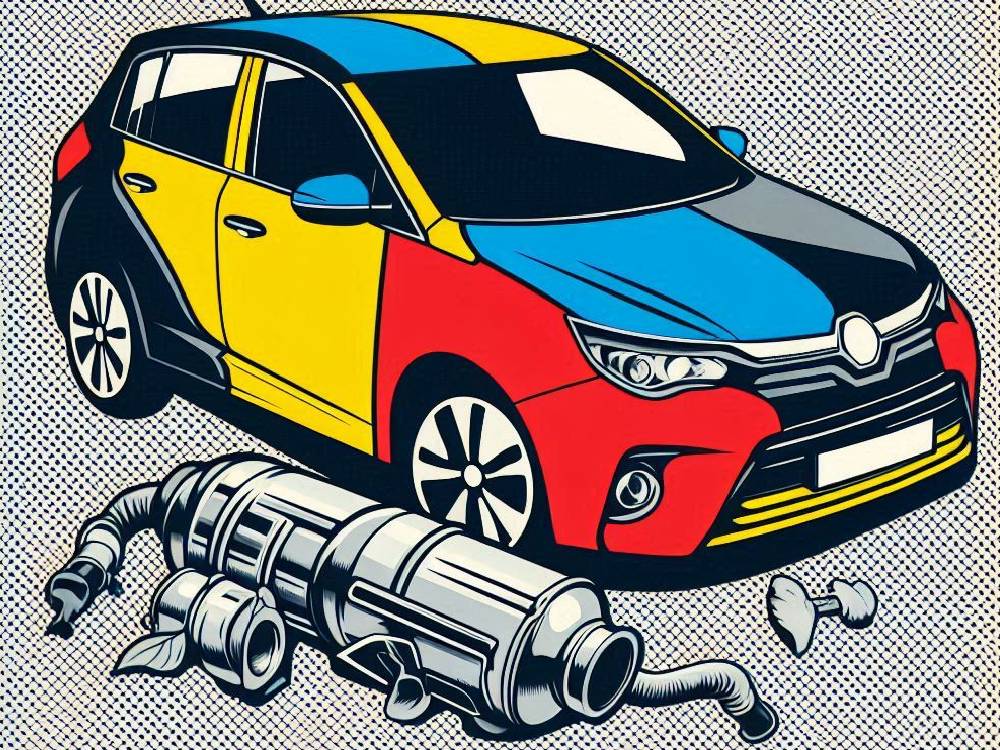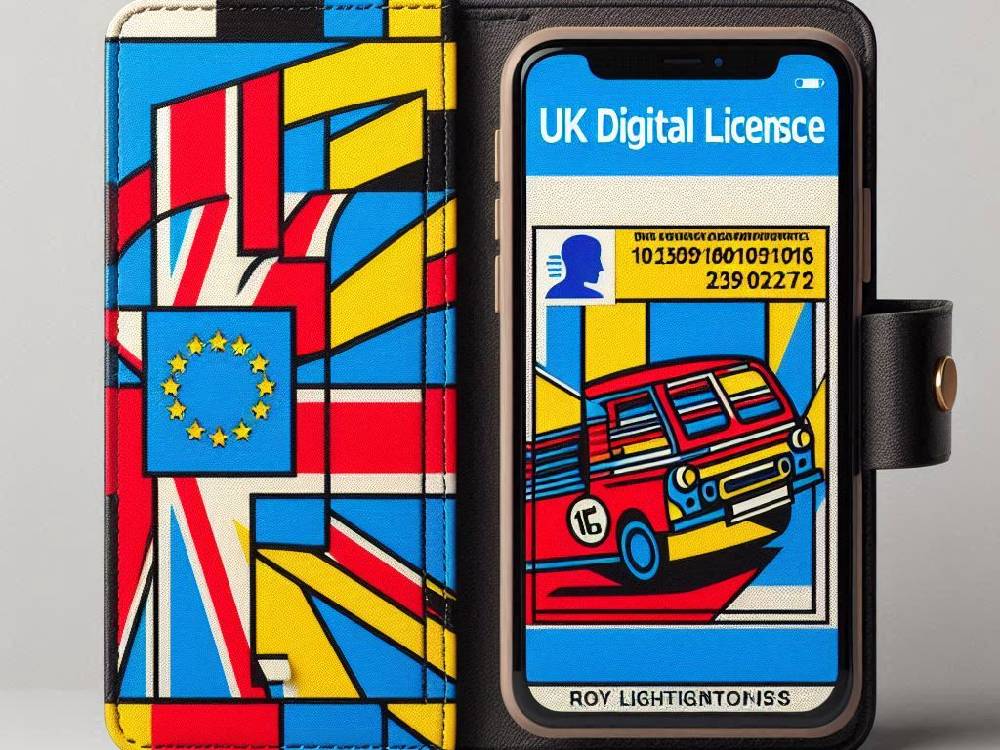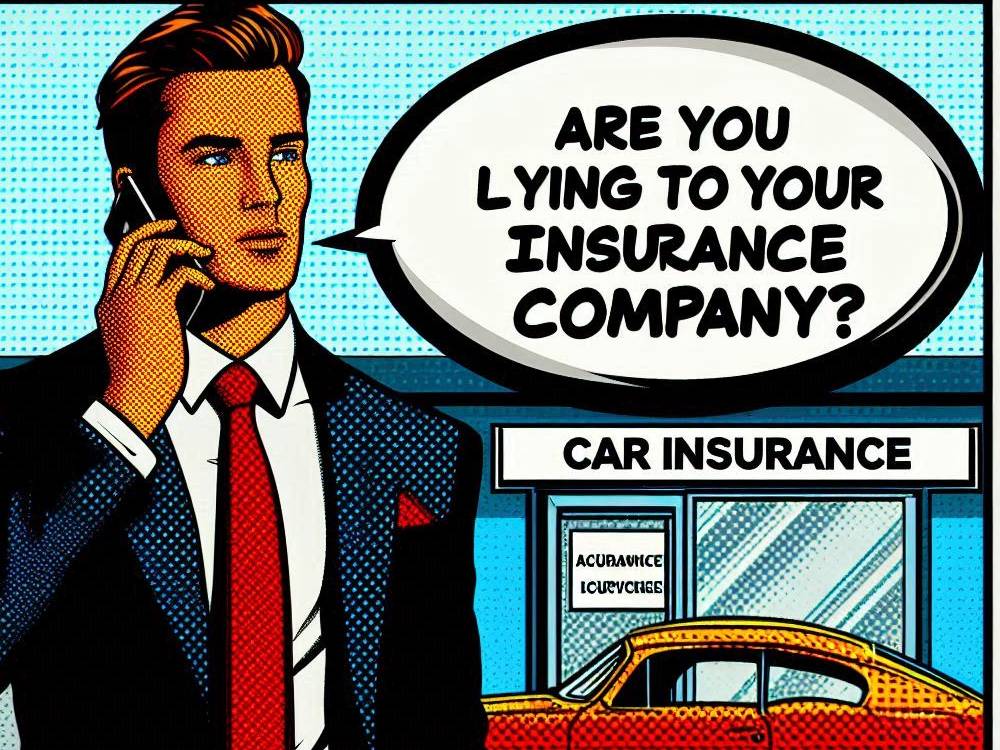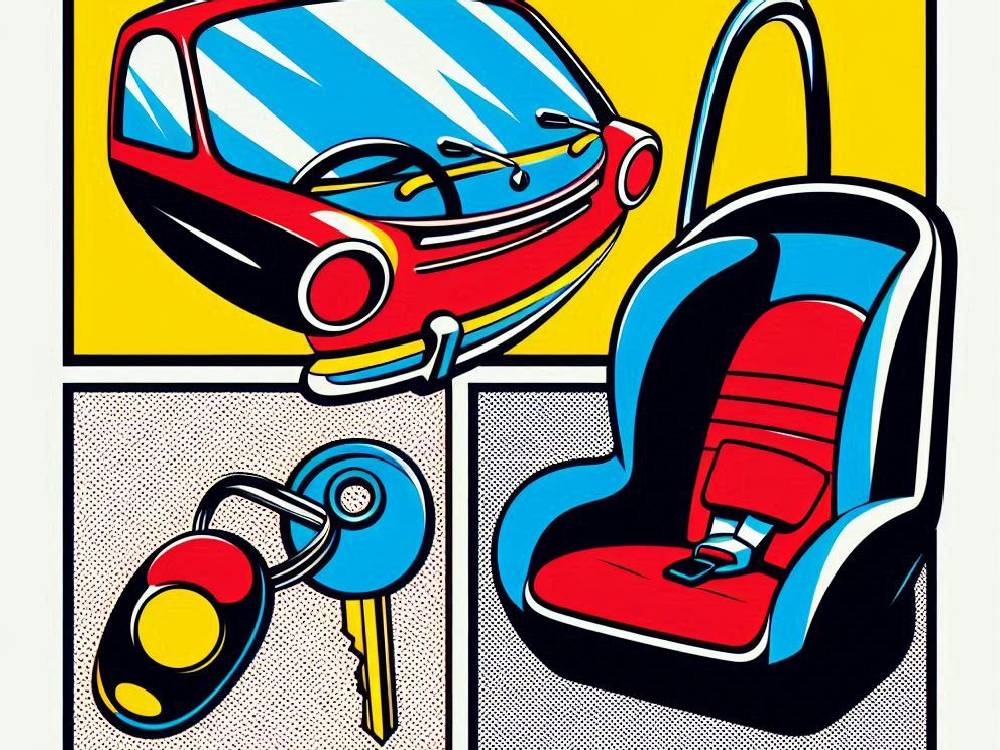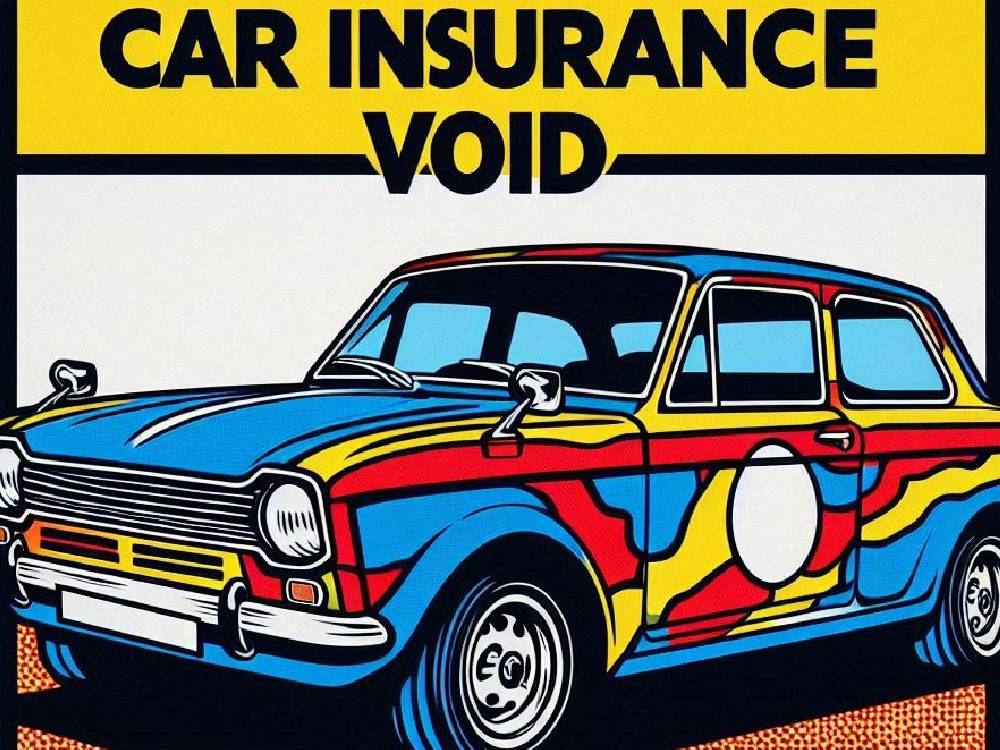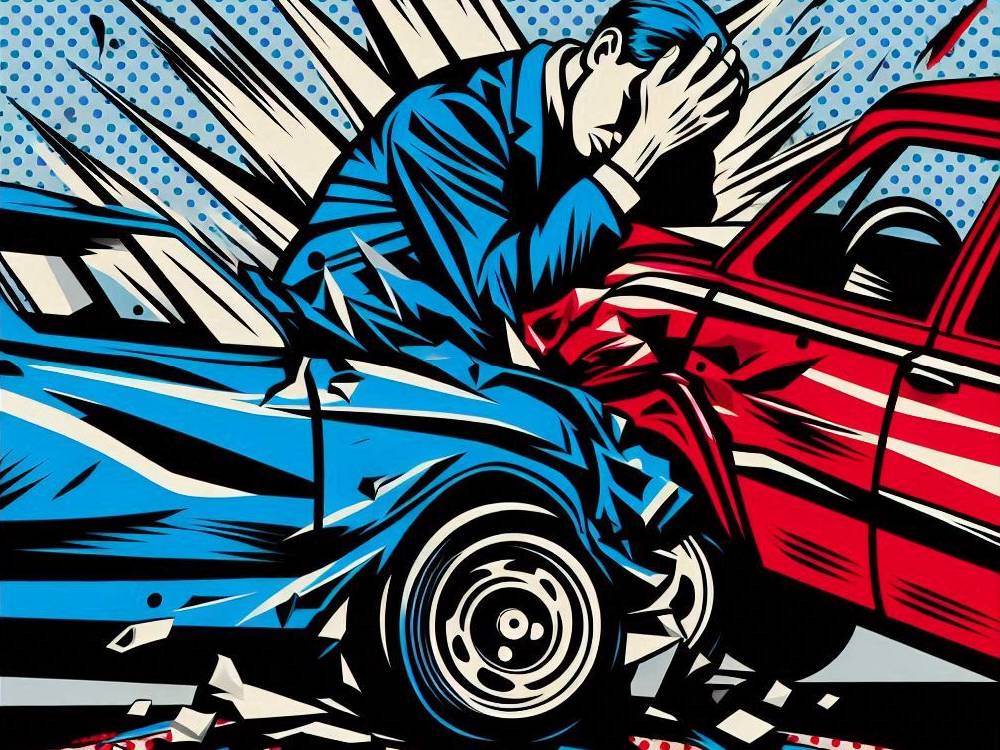Introduction
Catalytic converter theft in hybrid cars has skyrocketed in recent years.
In fact, it’s no longer just an urban myth — it’s a growing reality.
Moreover, this is a calculated and methodical crime that targets specific vehicles.
If you drive a hybrid, then unfortunately, you could be next.
Not only could it leave you with a hefty repair bill…
It could also wreak havoc on your car insurance.
So what’s really happening?
Here’s what you need to know:
- Hybrid cars are prime targets for theft
- Thieves focus on catalytic converters for resale
- Toyota, Lexus, and Honda models dominate the hit list
- Car insurance premiums may rise for affected drivers
- There are smart ways to protect your vehicle
- Check your policy to see exactly what it covers.
Why Hybrid Cars Are A Hot Target For Criminals
Criminals aren’t just smashing and grabbing at random.
They’re picking specific cars.
And seven out of the ten most-targeted vehicles last year were hybrids.
That’s not a coincidence.
It’s a pattern — and a profitable one.
So why hybrids?
Because they’re driven less in electric mode.
That means their catalytic converters are less corroded.
Less corrosion means more valuable metals like platinum, palladium, and rhodium.
And guess what?
Those metals are highly sought after.
Especially on the black market.
In other words:
Your Toyota Prius might just be more attractive to criminals than a Mercedes.
That’s a chilling thought.
The Most-Targeted Hybrid Models Revealed
Let’s get specific.
According to newly released data, here are the top models most likely to be targeted:
- Toyota Auris
- Lexus CT
- Toyota Prius
- Lexus RX
- Honda Jazz
- Mitsubishi Colt
- Honda CR-V
Toyota Auris owners have it worst.
One in every 157 Auris cars had its catalytic converter stolen within 12 months.
That’s not just bad luck — that’s a trend.
Meanwhile, premium brands like Lexus are also suffering.
In fact, Lexus owners face the highest theft rate among any car manufacturer.
One in every 326 Lexus vehicles reported a catalytic converter theft.
Criminals are clearly targeting certain models over others.
And when they know what they’re doing, they can remove the part in under 90 seconds.
Fast.
Clean.
Quiet.
That’s what makes it so dangerous.
How This Affects Your Car Insurance Premiums
Let’s be blunt.
If your car is on that hit list, your insurance premium could go up.
Even if you personally haven’t had anything stolen.
Why?
Because insurers base premiums on risk — not just your driving habits.
If your model is getting hit over and over again, it becomes a red flag.
And red flags = higher quotes.
You may be wondering:
“What if I’ve always paid my premium on time? Shouldn’t that count for something?”
Unfortunately, loyalty doesn’t always protect your wallet.
That’s why it pays to shop around and compare quotes.
Especially if your vehicle is considered high-risk.
Here’s where you can explore cheap car insurance options that won’t punish you for owning a hybrid.
Does Your Policy Actually Cover You?
Most drivers assume they’re protected.
But many are in for a shock.
If you only have third-party cover, you’re out of luck.
Catalytic converter theft typically isn’t covered unless you’ve got comprehensive insurance.
Even then, not all policies are equal.
You’ll need to check the fine print — and fast.
Some insurers treat catalytic converter theft as a grey area.
Others make you jump through hoops.
The solution?
Make sure you’re covered before something happens.
Don’t wait until you’re stranded and fighting for a payout.
Here’s a full breakdown of comprehensive vs third-party insurance if you’re unsure what you currently have.
Actionable Security Tips To Deter Thieves
Let’s be honest.
You can’t control what criminals do — but you can make your car a tougher target.
For starters, avoid mounting the kerb.
Why? Because it gives thieves easier access underneath your vehicle.
Instead, whenever possible, park your car in a locked garage.
If that’s not an option, try parking near a wall or under a bright streetlight.
Now, here’s something worth doing immediately:
Install an alarm with a tilt sensor.
It’ll activate the moment someone tries to lift the car.
Additionally, mark your catalytic converter using SmartWater, paint, or etching.
This won’t stop the theft, but it makes resale harder — and tracking easier.
More importantly, these small upgrades may lower your insurance risk over time.
Many insurers reward proactive security with cheaper premiums.
If you’re looking for more ways to trim costs, check out these 5 ways to save money on your cover.
What To Do If Your Hybrid Catalytic Converter Is Stolen
Let’s say the worst has happened.
You approach your car… and something’s off.
It roars like a motorbike. Or it simply won’t start.
Here’s what to do next:
- Immediately call the police and get a crime reference number
- Take clear photos of the underside of your car and surrounding area
- Report the incident to your insurer as soon as possible
- Submit evidence including your reference number and photos
Without delay, your insurer will begin the claims process.
However, not all policies cover this type of theft.
If you haven’t read the small print, you might be left footing the bill.
Therefore, it’s vital to confirm your level of cover today — not tomorrow.
Still unsure what you’re insured for?
Use this quick guide on how to check if your car is insured.
Conclusion
Final Thoughts:
Prevention Is Cheaper Than Claiming
Here’s the truth:
Hybrid cars are magnets for theft — and thieves are becoming faster, bolder, and more selective.
Nonetheless, you’re not helpless.
You can deter criminals with smart parking habits and security add-ons.
You can stay protected with a robust insurance policy.
And you can avoid panic by preparing before anything happens.
Furthermore, you don’t have to stick with an outdated policy.
Switching insurers could give you better cover and peace of mind.
Don’t wait for a theft to make you act.
Instead, take control today and switch your car insurance on your own terms.
Because when prevention becomes your default, payouts become the exception.
More Guides to Help You Stay Ahead of the Game
Want to take your knowledge even further?
Here are some must-read articles that help you avoid nasty surprises:
- The 10 cheapest cars to insure in 2023
- Do imported cars cost more to insure?
- Car modifications — should you declare them?
These guides cover more than just price —
they help you stay ahead of risk in a changing insurance landscape.

